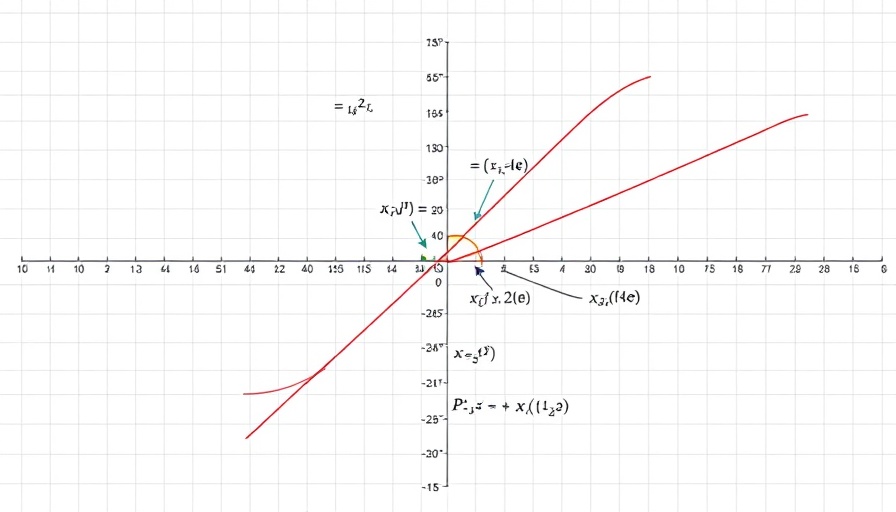
Innovative Responses to Rising Temperatures
As the world grows increasingly warmer, the implementation of artificial intelligence (AI) in various sectors becomes ever more critical. The alarming rise in temperatures poses serious threats to workers, particularly those in demanding outdoor professions such as construction. According to the U.S. Bureau of Labor Statistics, heat exposure has resulted in 436 work-related deaths since 2011, and over 67,000 annual hospitalizations highlight just how pressing this issue is.
AI and IoT Working Hand in Hand
The StaSASticians team at the SAS Hackathon is pioneering a solution that combines AI with the Internet of Things (IoT) to proactively monitor workers' health. Utilizing IoT-enabled smart helmets, this innovative system gathers crucial physiological data, including heart rate and core body temperature, while also monitoring environmental factors such as humidity and ambient temperature. This real-time data is then analyzed by sophisticated algorithms to determine a Physiological Strain Index (PSI) for each worker, alerting supervisors to any potential risks.
Transforming Safety Protocols
The dashboard designed for managing this data is a game-changer, allowing real-time monitoring of workers. By visualizing key metrics, supervisors can act swiftly to mitigate risks before they escalate into more serious health problems. This proactive approach not only saves lives but also enhances productivity and supports regulatory compliance, all while potentially reducing costs for healthcare and insurance.
Implications for the Construction Industry
For the construction industry, the integration of AI in health monitoring is especially beneficial. Firms face escalating health care costs and insurance claims linked to heat-related illnesses. The new technology promises a dual advantage: safeguarding workers while also protecting companies from financial risks. The seamless integration with existing safety protocols makes this a compelling solution for industry leaders looking to prioritize worker safety without compromising operational efficiency.
The Bigger Picture: AI for Global Challenges
This innovative approach to heat stroke prevention reflects a broader potential for AI across various sectors facing environmental challenges. As climate change continues to produce unpredictable weather patterns and intensify existing issues, the synergy between AI, data analysis, and real-time surveillance will become increasingly vital for organizational resilience.
Looking Ahead: A Smart Future
The StaSASticians' AI-enabled heat stroke prevention system serves as a robust example of how AI technology can significantly bolster safety measures in high-risk environments. As industries continue to evolve and adapt, the reliance on innovative technologies will not just enhance safety protocols, but also reshape how we approach health management in extreme conditions.
Conclusion: Get Involved
As this groundbreaking technology matures, it presents unique opportunities for professionals interested in AI and its real-world applications. Consider how the integration of AI within your own workplace can facilitate safer and more efficient environments. Stay informed and engage with technological advancements that promise to shape the future of work.
 Add Row
Add Row  Add
Add 




Write A Comment